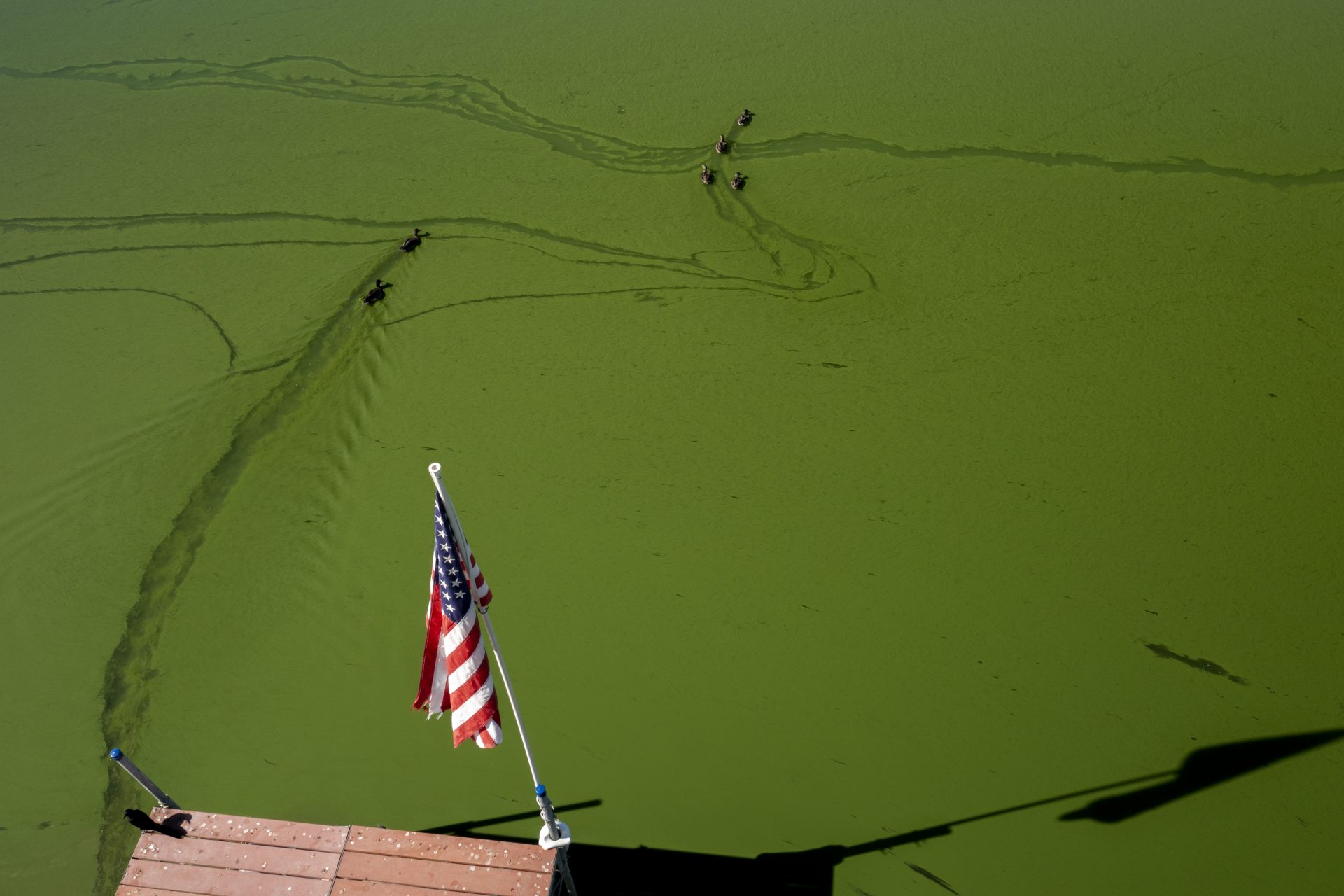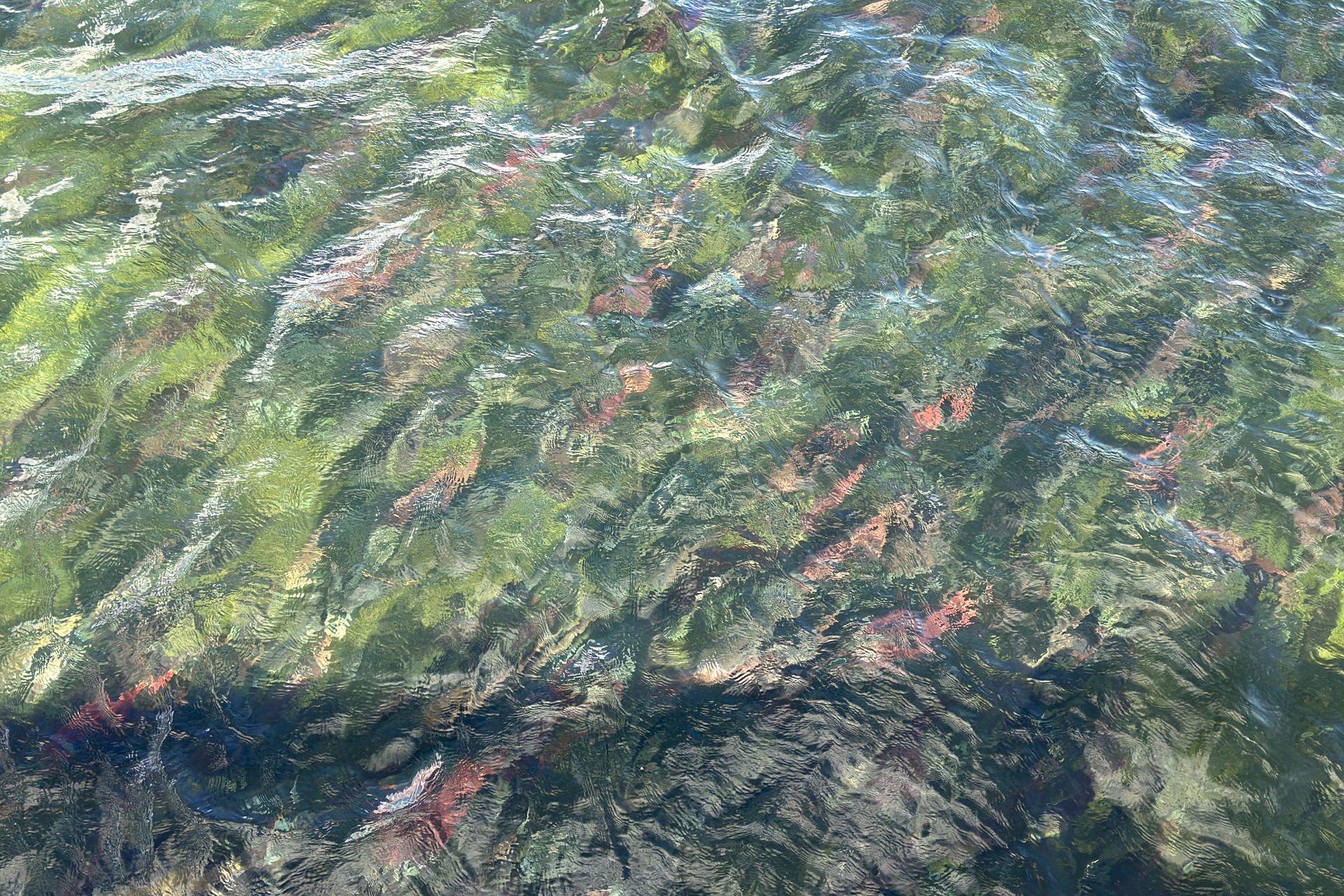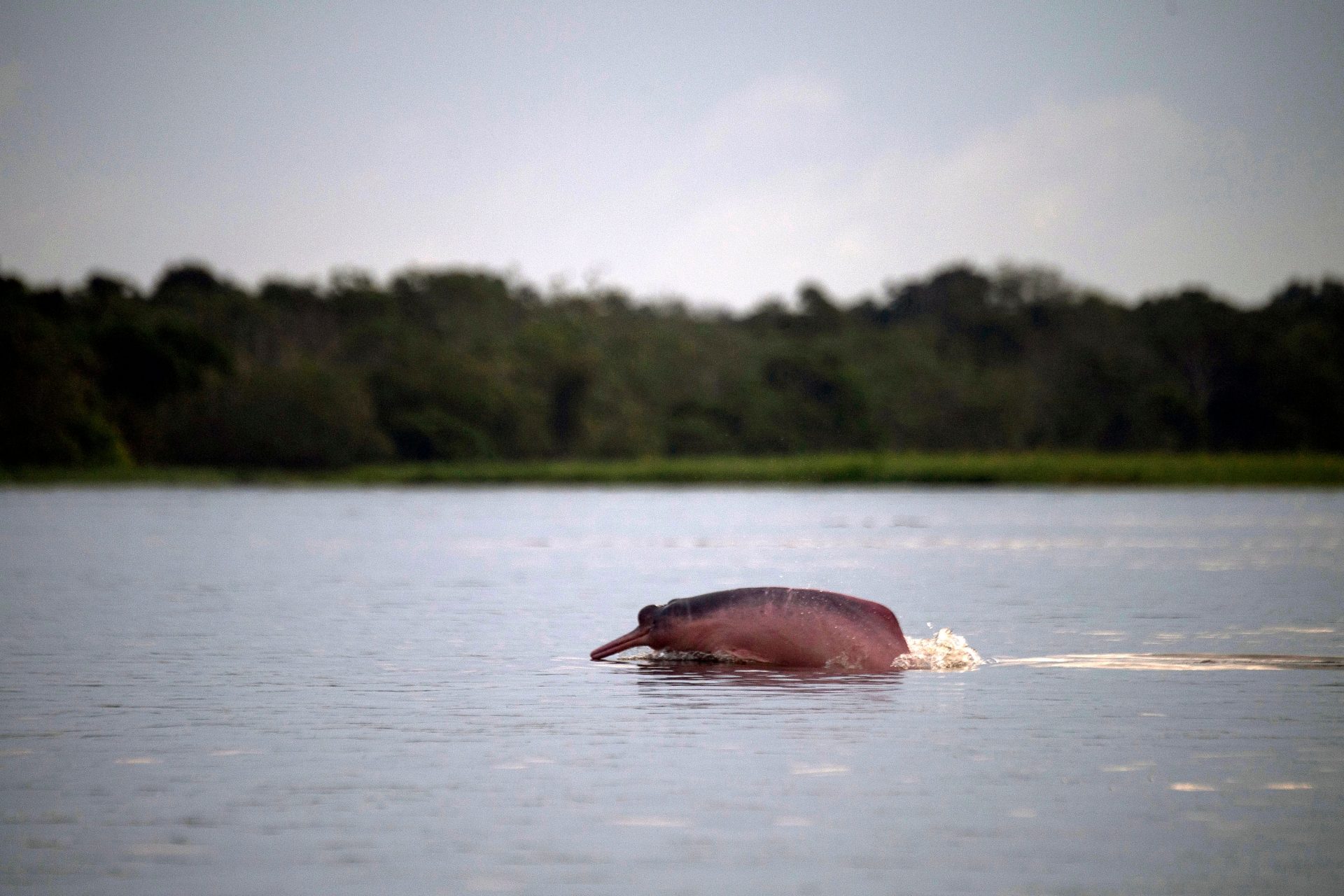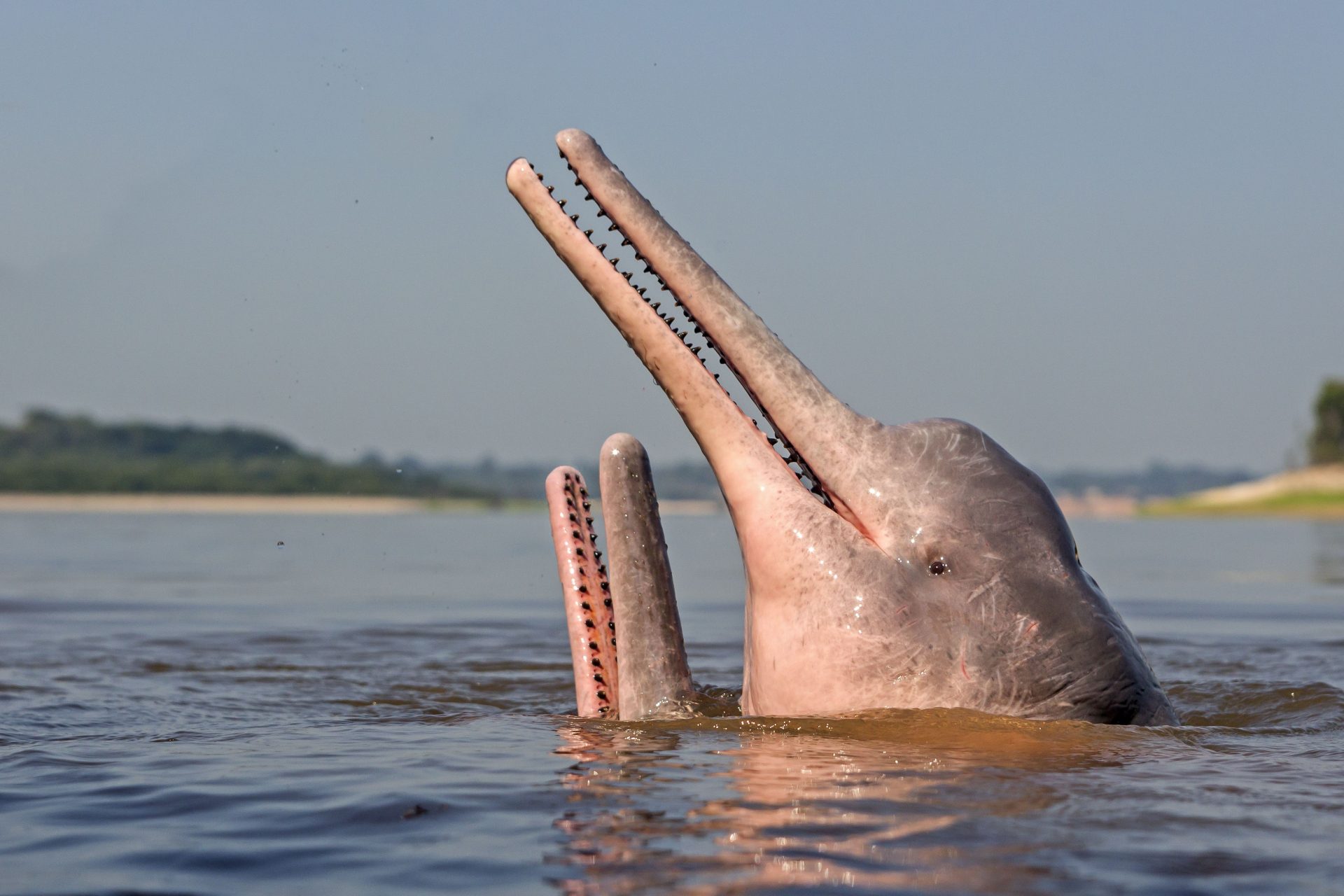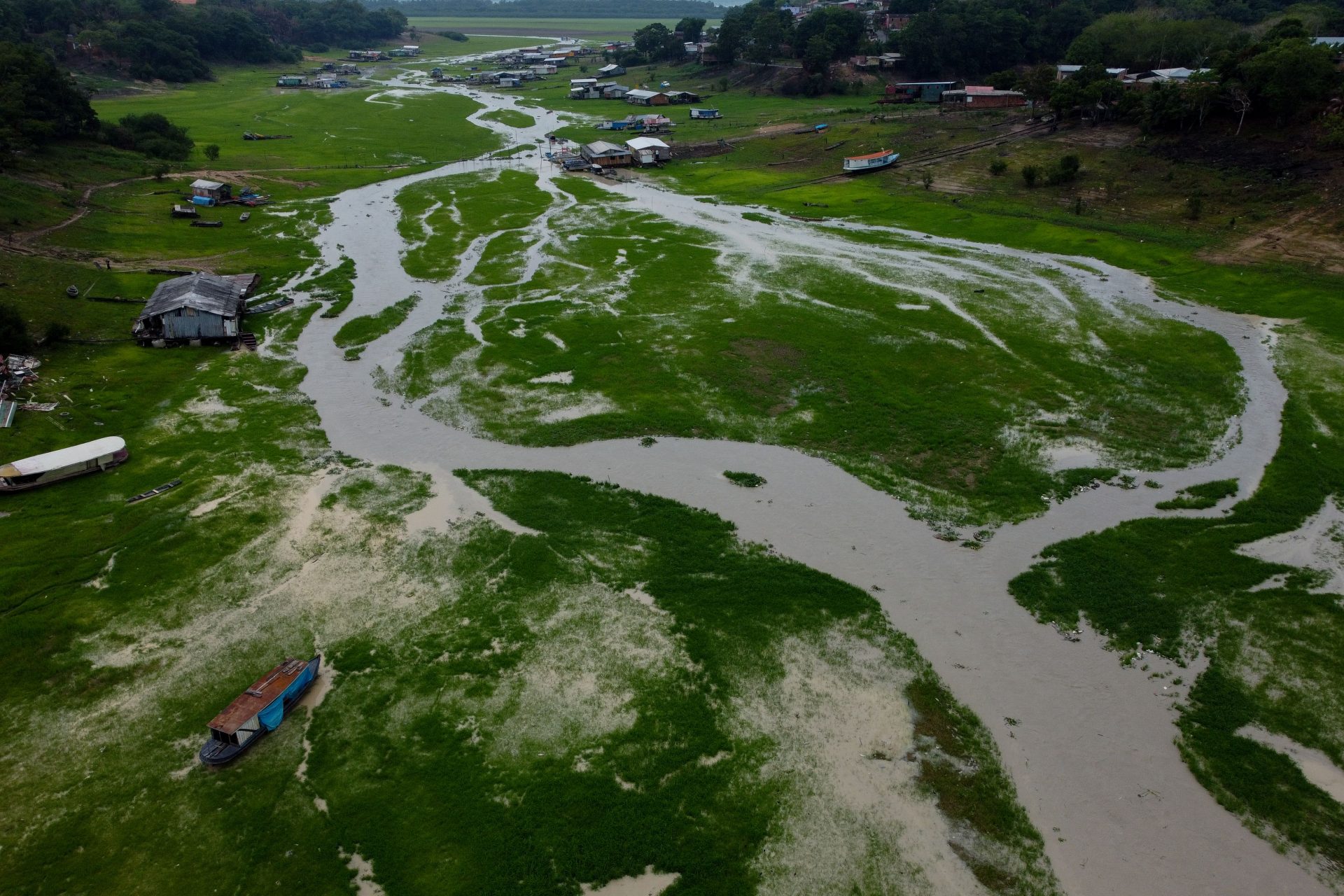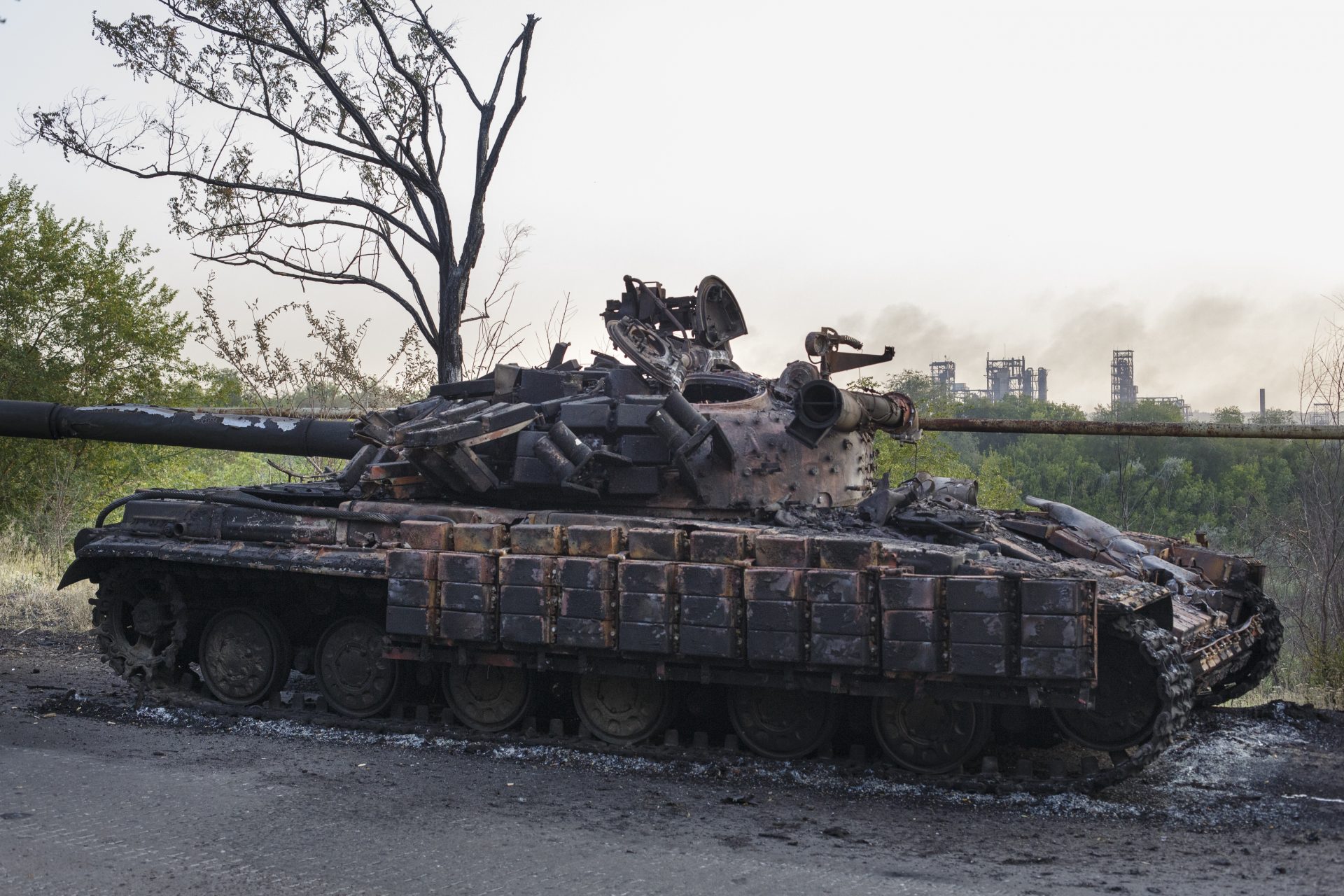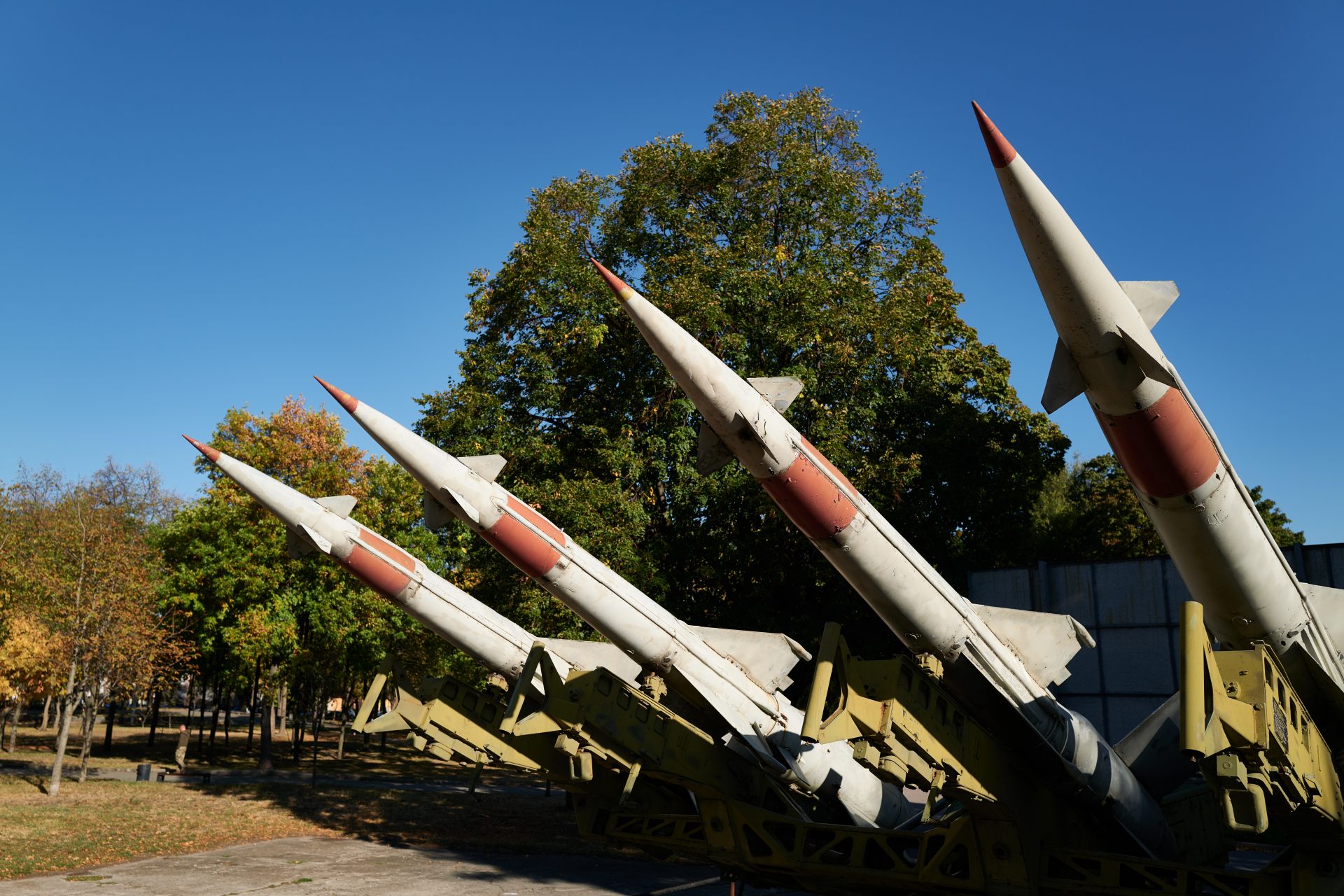A quarter of freshwater species is at risk of extinction, new study says
A new study suggests that 24% of freshwater species are at risk of extinction. Researchers analyzed ponds, lakes, rivers, and similar ecosystems worldwide.
An international team of dozens of researchers conducted the investigation, which was published in the journal Nature.
According to the paper, this is the first time a team has conducted a comprehensive analysis of wetland biodiversity. Previous global risk assessments did not include any species living exclusively on wetlands.
Therefore, the team argues that the paper was vital to guide policy. Duke University ecologist Stuart Pimm, who was not part of the study, told the AP it is "a long-awaited and hugely important paper."
The news agency said the team analyzed over 20,000 species of dragonflies, fish, crabs, crayfishes, and shrimp that depend exclusively on wetlands for survival.
"Freshwater environments are very fragile," Patricia Charvet, a biologist at Brazil's Federal University of Ceará and one of the paper co-authors, told the AP.
The paper added that wetlands hold around 10% of the world's species despite only occupying around 1% of the world's surface.
In the paper, the researchers also explained that wetlands offer vital ecosystem services and fuel the livelihoods and culture of billions worldwide.
However, wetlands are also under a more significant threat. The paper said the world lost 35% of its wetlands between 1970 and 2015, a rate three times faster than the loss of forests.
Furthermore, 65% of the remaining wetlands and rivers are under moderate-to-high threat levels, and over a third of long rivers (over 600 miles) are no longer free-flowing at their length.
"Almost every big river in North America and Europe is massively modified," Duke University ecologist Stuart Pimm told the AP. Dams are one of the most significant contributors to risk.
In South America, on the other hand, most rivers flow through the Amazon rainforest and instigated fires to open space for agriculture or cattle contaminate the water with ashes, the AP said.
More for you
Top Stories








